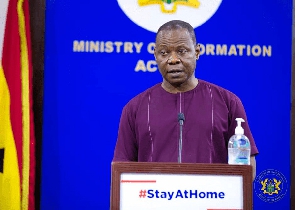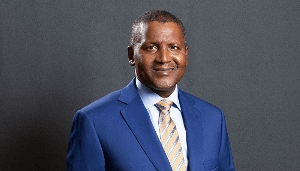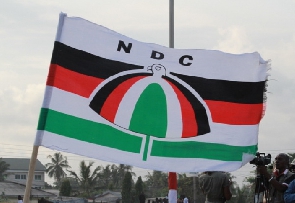Dr. Justice Moses Aheto, Bio-statistician and Lecturer at the Department of Biostatistics at the University of Ghana has described the Ghana Health Service’ claim that Ghana has reached its peak of Covid-19 infections as flawed.
According to him, the inference is not backed by substantial data and as such can’t be used to inform policy decisions.
Director-General of the Ghana Health Service, Dr. Patrick Aboagye said that Ghana had reached its peak of Covid-19 infections because the country recorded that largest number of positive infections April 25.
He also noted that the result came due to backlogs of samples that were tested.
However, Dr Aheto said the projection given by the GHS is not precise until a proper special analysis and mapping of the disease is done.
Speaking to Regina Borley Bortey on the Starr Midday News Thursday, Dr Aheto said “before you come out to make certain statements, you have to be sure that you have accurate data that can speak to the very statement you want to make. One of the critical things in disease modelling is to be sure that you have your data that can help you to do the module and based on the module then you can actually inform our policymakers as to what interventions they can take.”
He stressed “what we all know for a fact is that Ghana is yet to start having daily records on the number of people who have tested, number of positives, number of negatives. It is only when those things are done, we can say that given certain chances, our peak is at this level. Still the projection given by the director to some of us is not precise.”
Speaking to the justification given by the GHS, Dr Aheto indicated “it’s not a matter of looking at the actual figures over what you consider to be the date that the samples were taking. It’s about subjecting the data to rigor in terms of participial analysis and mapping.”
“As at now we should have a data on the location of the individuals whose samples were taken so that at the end of the day we can know the positives and the negatives. Then we can do special analysis to estimate what the risk is across maybe the whole region or the whole country, but we are not doing that.”
General News of Friday, 8 May 2020
Source: starrfm.com.gh

















